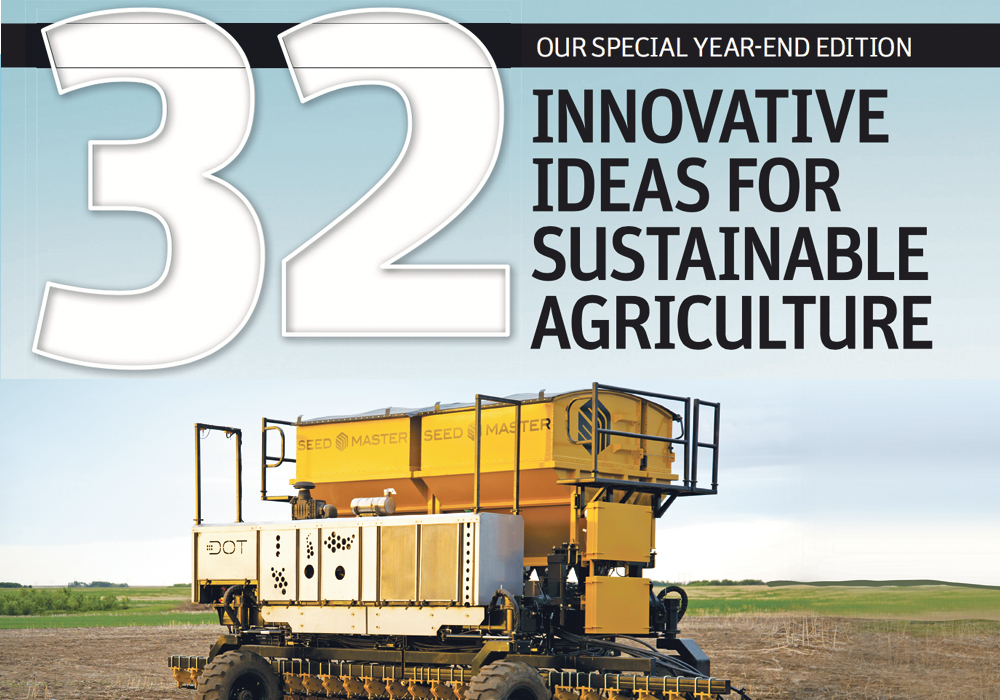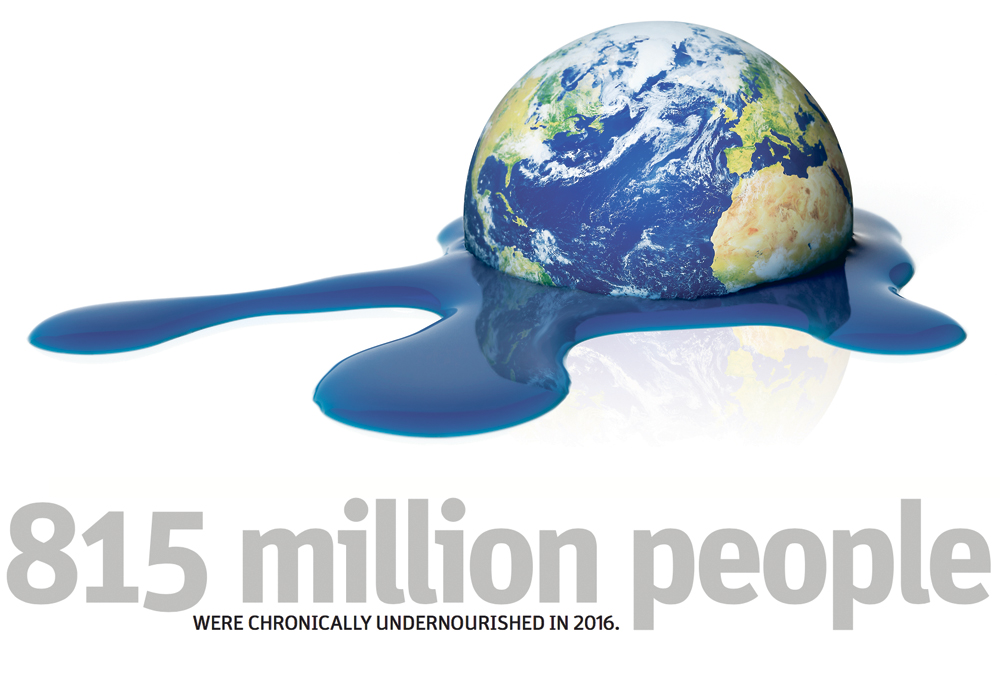The recent news that a German company wants to build a pea protein plant in Moose Jaw, Sask. was no surprise to Dennis McKnight.
As far as he is concerned, the potential for vegetable proteins, particularly from pulse crops, is unlimited.
McKnight, who has been a futurist, market researcher and food-marketing expert, suggests people will soon be eating far more plant-based protein than ever.
Others agree.
Earlier in 2016, Eric Schmidt, executive chair of Alphabet, Google’s parent company, identified plant-based protein to replace meat proteins as the top game-changing technology of the future.
Read Also

New coal mine proposal met with old concerns
A smaller version of the previously rejected Grassy Mountain coal mine project in Crowsnest Pass is back on the table, and the Livingstone Landowners Group continues to voice concerns about the environmental risks.
The environmental benefits, ease and cost of transport to stores and the nutritional composition of plant proteins are all good reasons to use more of them.
The proposed Moose Jaw facility will separate yellow peas into starch, protein and fibre for markets as diverse as noodles, candy and pet food, as well as animal protein replacements in “meat” products.
“The marketing work is done, so we have a big customer of course in the United States that I would say is half our sales,” said Michael Schonert, a director of Canadian Protein Innovation.
“The other half we split a big part to Asia, but also we can reach, via Vancouver, Australia, New Zealand, and some other countries.”
Eating meatless isn’t just the domain of vegetarians anymore.
“Livestock proteins are still dominating and vastly dominating the world,” McKnight said.
“But where plant-based proteins are really making huge inroads is more the new product applications.”
Take the Impossible Burger. After years of veggie burgers with a nutty taste and texture that didn’t resemble meat, this burger has, according to reviews, nailed it.
It even contains a plant-based heme, the molecule that gives it a slightly pink meat colour.
It’s been trialed in the best New York restaurants to rave reviews.
“The whole pitch is it uses 95 percent less land to produce, 74 percent less water, creates 87 percent less greenhouse gas emissions,” McKnight said.
For the largest demographic sector in North America right now, this matters.
People forget that the millennials born between 1980 and 2000 are now the largest group, not the baby boomers, he said.
“They’re driving everything,” McKnight said.
“They’re really factoring the environment into the scenario. They really see the bigger political issue and issues of the world, thus the movement toward plant-based proteins and ingredients.”
He said people eat less meat as they age, which partly explains the trend. As well, he sees developing countries taking on the diets of developed countries and vice versa.
An example can be found in the dairy aisle of a grocery store, where almond and coconut milk are gaining market share over traditional animal-based dairy products.
“Another major trend that is happening that is really driving the plant-based proteins and ingredients is this whole issue of clean labels,” McKnight said.
“The big theory is that there’s nothing wrong with the food that we’re growing; it’s the ingredients that we’re putting into our food.”
Plant-based ingredients are replacing artificial flavourings, colours and textures in processed food.
Customers at the Saskatchewan Food Industry Development Centre in Saskatoon are incorporating pulse proteins into snacks, cereals and even cheese analogues, or replacements.
Gluten-free, vegetarian-friendly, high-fibre, nutritious and functional pulses are the “it” crop right now.
Weston Bakers introduced a new bread this past fall under its Country Harvest label. The first ingredient in Canadian Rustic Bean is whole grain whole wheat flour, followed by a cooked pulse blend of ground chickpeas, chickpea grits, yellow pea grits, cracked navy beans, cracked pinto beans, Eston lentil grits and red lentil grits.
Products like this are good news for pulse growers.
Pulse Canada chair Lee Moats said the possibilities seem endless as the industry works toward developing varieties that can grow in all types of soils and regions.
In Alberta, McKnight and others are working toward establishing a food cluster that would develop a plant-based specialty food ingredient sector on the Prairies.
He said there are two fractionation plants similar to the Moose Jaw facility on the drawing board in that province.
“We only process 35 percent of the crops that we grow on the Prairies,” McKnight said. “We need to do a better job.”
Specialty food ingredients include colours and flavours but also enzymes, amino acids, emulsifiers, starter cultures and preservatives.
The Alberta Food Cluster concept focuses on having a strong inter-provincial network to take advantage of the growth in the ingredient market.
Another concept, the Protein Highway, was launched last fall and includes the three prairie provinces, the Dakotas, Iowa, Nebraska, Minnesota and Montana. It calls for scientists in all jurisdictions to work together to share their research and information to help both farmers and entrepreneurs.
“I don’t want to leave the impression that we’re not going to eat meat,” McKnight said.
“But it is such an opportunity for us to move our industry forward in Canada.”


















